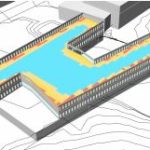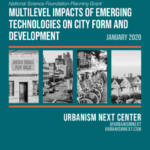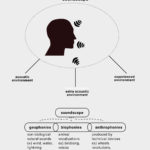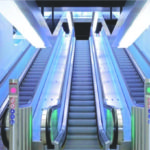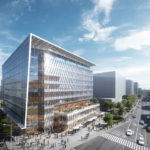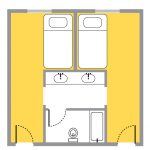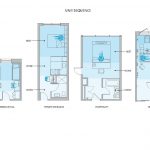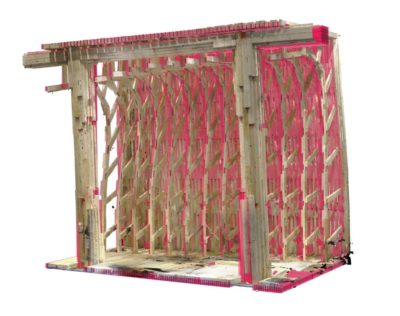
Robotics, mass timber, and parametric design are all key technologies that are underutilized in construction. To fully take advantage of these new technologies requires a rethinking of the entire process from design to construction. The Greenbuild Pavilion represents a new construction workflow, in which a digital parametric model is communicated directly to a robot fabricator.... Read more »

